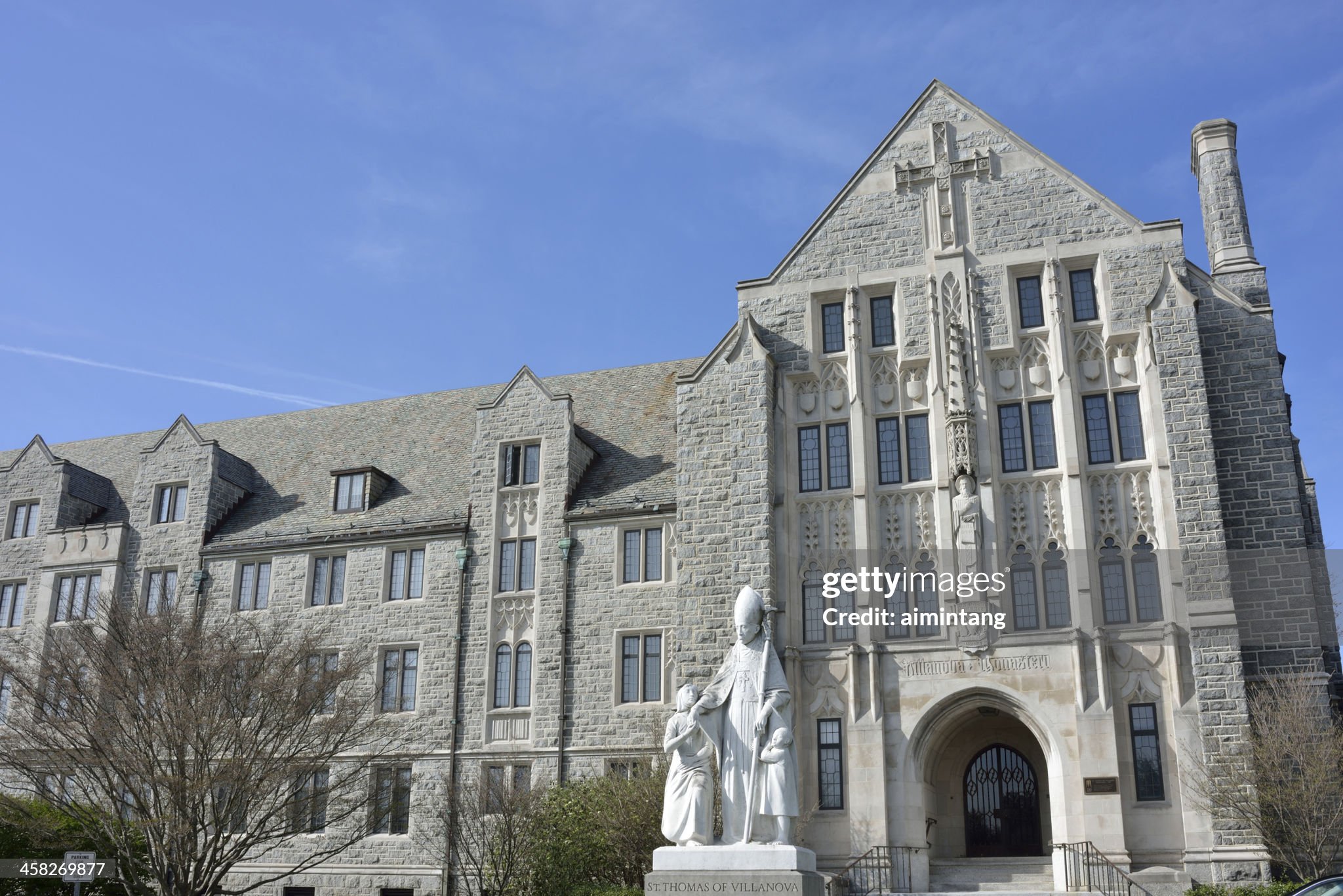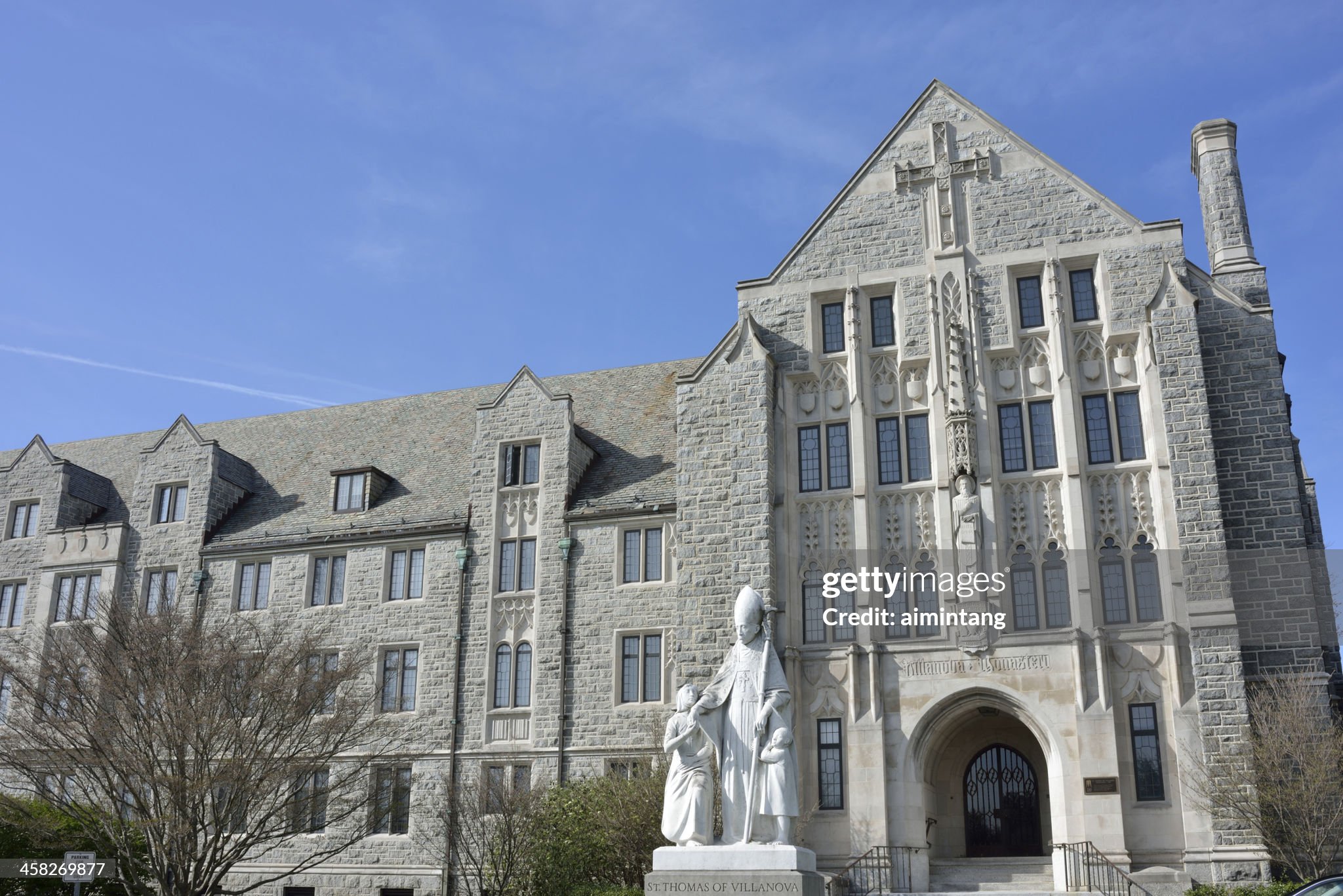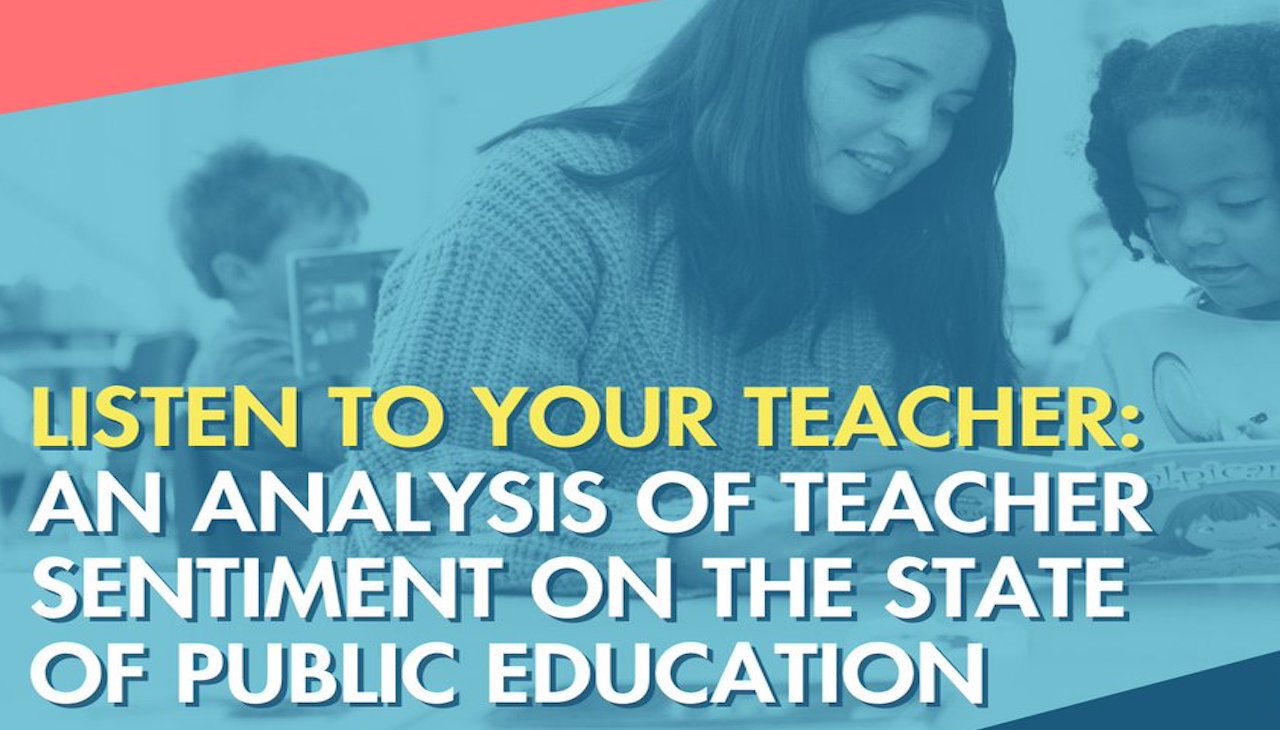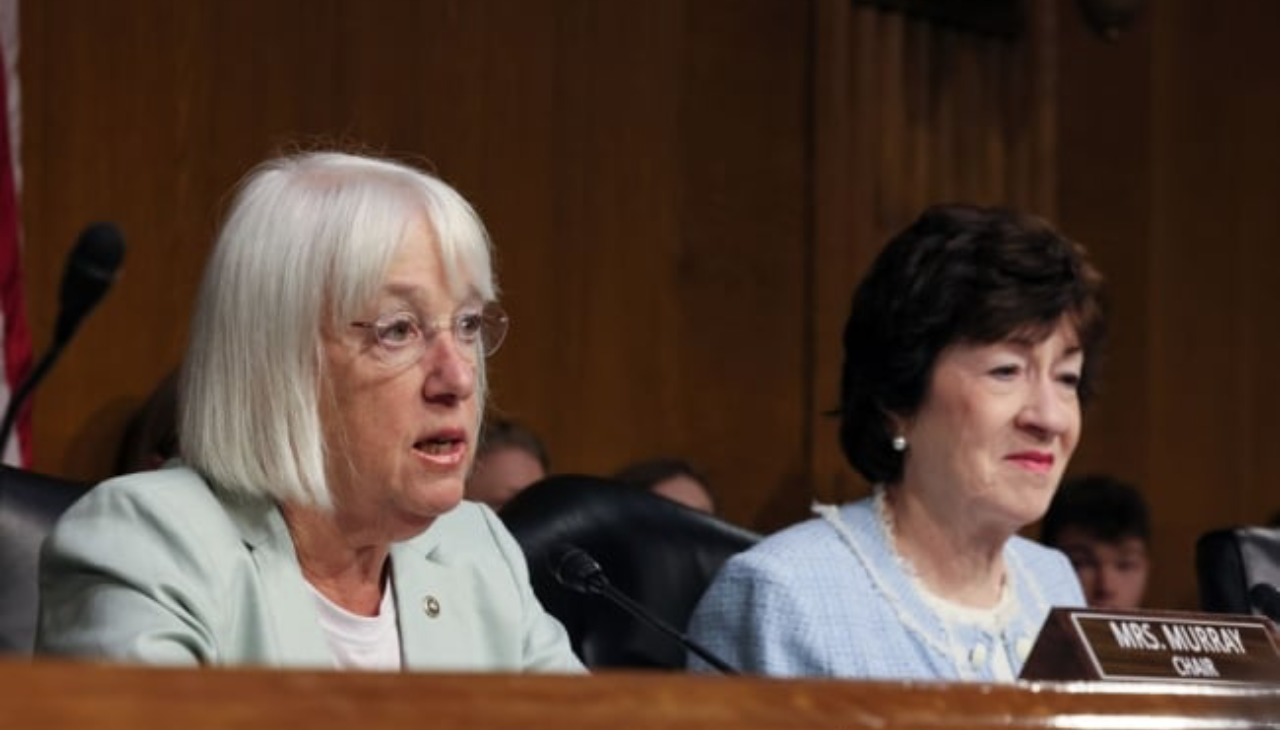
School districts all over the country are focusing on bilingual education
Read about the efforts being made in Florida and Oregon.
According to the U.S. Census Bureau report, the number of people in the United States who spoke a language other than English at home nearly tripled from 23.1 million in 1980 to 67.8 million in 2019.
Like never before, there was an increasing need for schools to address the special needs second language learners deserved in the classrooms from South to North.
AL DÍA interviewed the superintendents of two prominent school districts — Orange County Public Schools, in Florida, and Beaverton School District, in Oregon — that are doing a great job in including a versatile language education in their curriculums.
ORANGE COUNTY PUBLIC SCHOOLS - FLORIDA
Maria Vazquez, Ed.D., is the Superintendent at the Orange County Public Schools (OCPS), in Florida — the eighth largest school district in the country.
Vazquez is the daughter of Cuban immigrants, so English wasn’t her first language. Going to school was initially a challenge for her, but she was fortunate enough to have phenomenal teachers that believed in and pushed her.
“I clearly remember the fear and anxiety I felt on my very first day of school where I didn't understand what anybody was saying to me,” Vazquez said.
Those experiences along with being an excellent student — despite being a second language learner — helped her decide to follow the education path as a career. She wanted to provide and support environments so children who struggle with a language barrier, or other barriers, could find caring adults who see the talent within them. Vazquez wants to provide opportunities for students with similar experiences as hers can too be successful in the future.
Vazquez has recently transitioned from the role of deputy superintendent to superintendent. Guided by a mentor who provided her with the experiences she needed to be able to perform the new position, she was able to “understand the bigger picture of how education is a driving economic force within the district or the county it is in,” much more than just strong on instruction and curriculum.
“These last few years in education have been transformational,” she added. “We’ve been through a pandemic where we basically had to learn how to do things new and it was really during that time that I knew that I could run a district and that I could be a superintendent.”
Her first year in the role has been a challenge due to issues such as teacher shortage, children engagement, and mental health aspects. Through key partnerships with people within the community, OCPS is working on addressing these problems so children are getting the very best care.
Regarding educational programs, the bilingual ones make Vazquez’ the proudest. According to her, OCPS serves children coming from more than 200 countries who speak over 160 different dialects.
“We have support systems in place for our families to be able to connect,” she added. “For many of them, this is a brand new system so being able to understand how they can be engaged, advocate for their child and reach out for resources is very important to us.”
Some of the children are in bilingual classrooms — predominantly Spanish and Haitian Creole — learning English but at the same time maintaining their native language.
Because the majority of the kids who are second language learners are immersed in general education classes, the district provides training to teachers on strategies and cultural awareness so they can use those resources to support the kids' education. Other targeted support for this community includes tutoring, translation phone line services, specific summer programs, specialized staff in each school to work with teachers and families, and a district parent leadership council (where parents can help with decision-making and share the challenges the families are facing).
Even though the district has been a majority Hispanic district for a few years, Vazquez is the first Hispanic Superintendent. Of the over 200,000 students at OCPS, 44% have a Latino background. Vazquez said it has been exciting and humbling at the same time how much it means for the community to have someone in such a role that understands their struggles and journey.
This year more than ever, she has received feedback from the support systems that are in place about what is missing in the schools. She had the opportunity to hear from a community in the Northern part of the district that works closely with an organization that supports immigrants, including undocumented ones. Paying attention to over 150 families and staff members about the struggles they were facing allowed her to make intentional actions to help the families and students in the region.
OCPS is also working to make students and families feel welcome. Providing translation services in meetings and having Spanish speakers in the front offices provides cultural awareness and sensitivity, which are key to creating a feeling of acceptance and inclusion.
BEAVERTON SCHOOL DISTRICT — OREGON
On the other side of the country, Dr. Gustavo Balderas is currently the Superintendent of Beaverton School District (BSD), in Oregon. Although born in Washington, he was raised in Northeast Oregon by his parents — farm workers from the Northern Mexico region who spent most of their lives working on the American West Coast fields.
Similar to Vazquez’s story, Balderas learned English in public schools. He grew up in a very Hispanic community where everyone would have the same traditions and customs, as well as taste in music and food. Attending “a very American white norm” public school was initially a shock for him, as everything was completely different from what he was used to. Although a second language learner, he said that it was more difficult to adjust to the culture than to learn English.
“It’s not just the language, it’s also the culture and traditions that are in our American school system that are very unique,” he added.
Wanting to give back to the educational system, Balderas eventually became an educator. From working in elementary, middle, and high schools to being the superintendent in California and Oregon; he has always been grateful for his roots. Over the years, his two kids also attended schools in the BSD, completing a cycle.
RELATED CONTENT
Balderas has been serving in education for 33 years, spending most of it in Oregon.
BSD serves almost 40,000 students who speak 106 languages, according to its website. Balderas said 57% of the students come from diverse backgrounds, making BSD the second most diverse district among the large school districts in Oregon. To better serve these communities, the district has specific bilingual programs that aim to use the assets brought by the kids in the best way they can.
“A language is an asset, a culture is an asset,”
“A language is an asset, a culture is an asset,” Balderas said. “We have to make sure that we utilize those assets within our public school system.”
BSD already has two dual language programs and aims to add another one. The goal is for every kid in BSD’s 54 campuses to have access to such opportunities. By slowly adding new programs every year, the district hopes to achieve it within the next 10 years.
It is currently looking into adding another Spanish class — considering that 25% of the students at BSD are Latinos — and other “top languages” like Japanese, Chinese, and Korean.
The feedback from the community about the programs has been positive so far. Balderas feels that finally, people are starting to understand the importance of bilingual programs because of communication. BSD makes sure to explain that utilizing the native language that the kids bring in (and the culture and traditions) as assets and providing them an opportunity to speak and understand a different language will be beneficial moving forward when they are adults.
When talking about the challenges of implementing these initiatives, Balderas said the greatest barrier — besides some budgetary concerns — is trying to find qualified teachers and developing pipelines to ensure that the district has qualified educators. The district is doing a heavy job in recruiting teachers in and out of state, but also looking into different pathways to grow their teachers through licenses, for example.
“We want to have very high quality accomplished teachers who are fluent and capable of teaching in the target language. That’s a skill set that not everybody has obviously and as we expand we are working really hard in finding and retaining quality teachers.”
BSD is now working with research agencies to use in their district as a model to see how its long-term path of duo language acquisition has impacted their kids. Balderas stated that students who have started in BSD’s system as duo language learners have left at the same level of academic competency that they just added another language.
He hopes to see — in a not-so-long future — BSD being the model in the United States for multilingual acquisition and having it be a flourishing system where every student leaves with an opportunity to receive a seal by literacy, Balderas said.
The final message that he wanted to share with the readers is as follows:
“Every school district should be looking at what their kids bring in and the assets they bring in, and try to leverage those assets to help them be more engaged in our public schools systems. I think being bilingual is a superpower that’s underutilized in the United States. We have to take advantage of our increasingly diverse population and make sure that we honor and respect what they bring in, and having dual language programs is one way of doing that.”











LEAVE A COMMENT:
Join the discussion! Leave a comment.